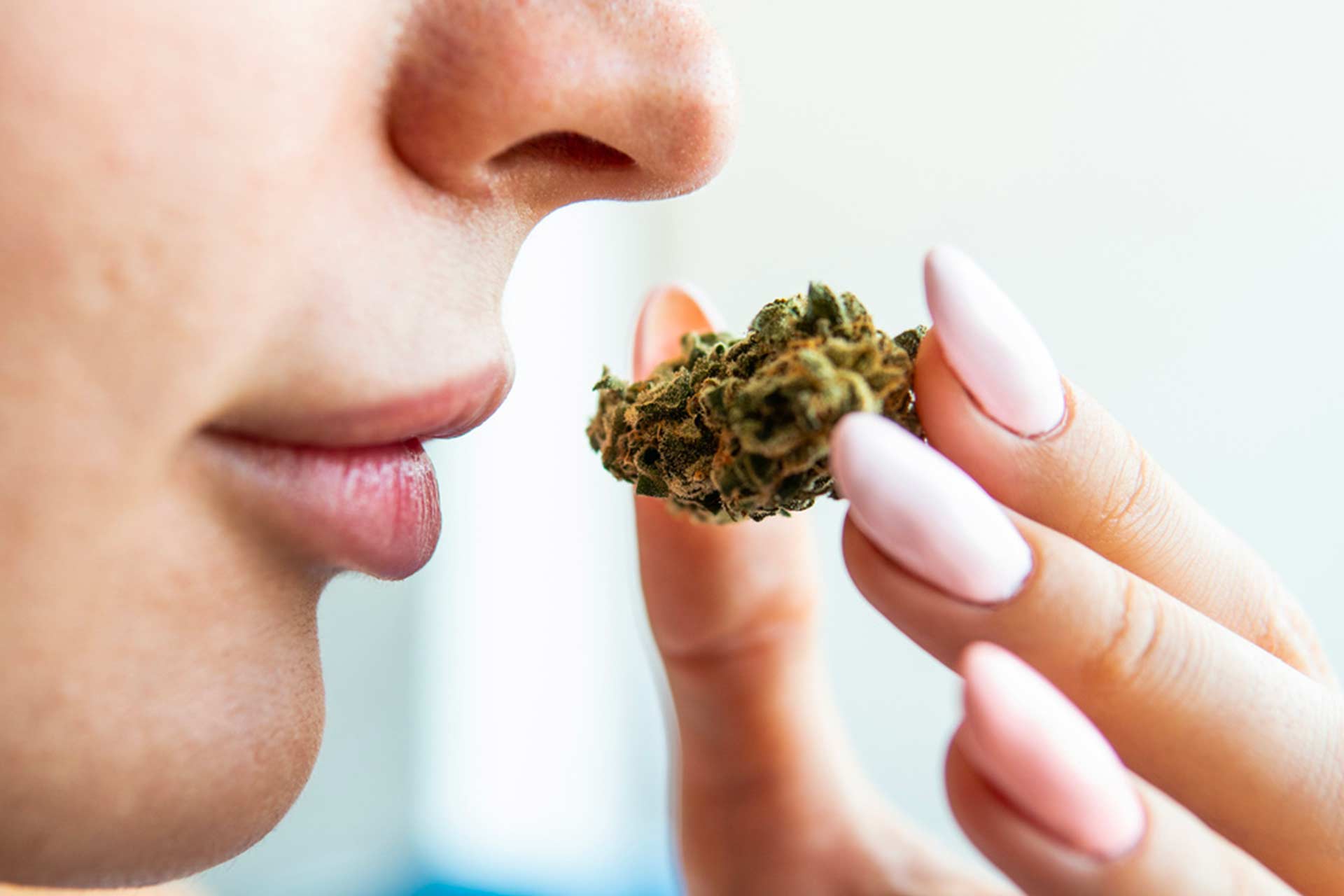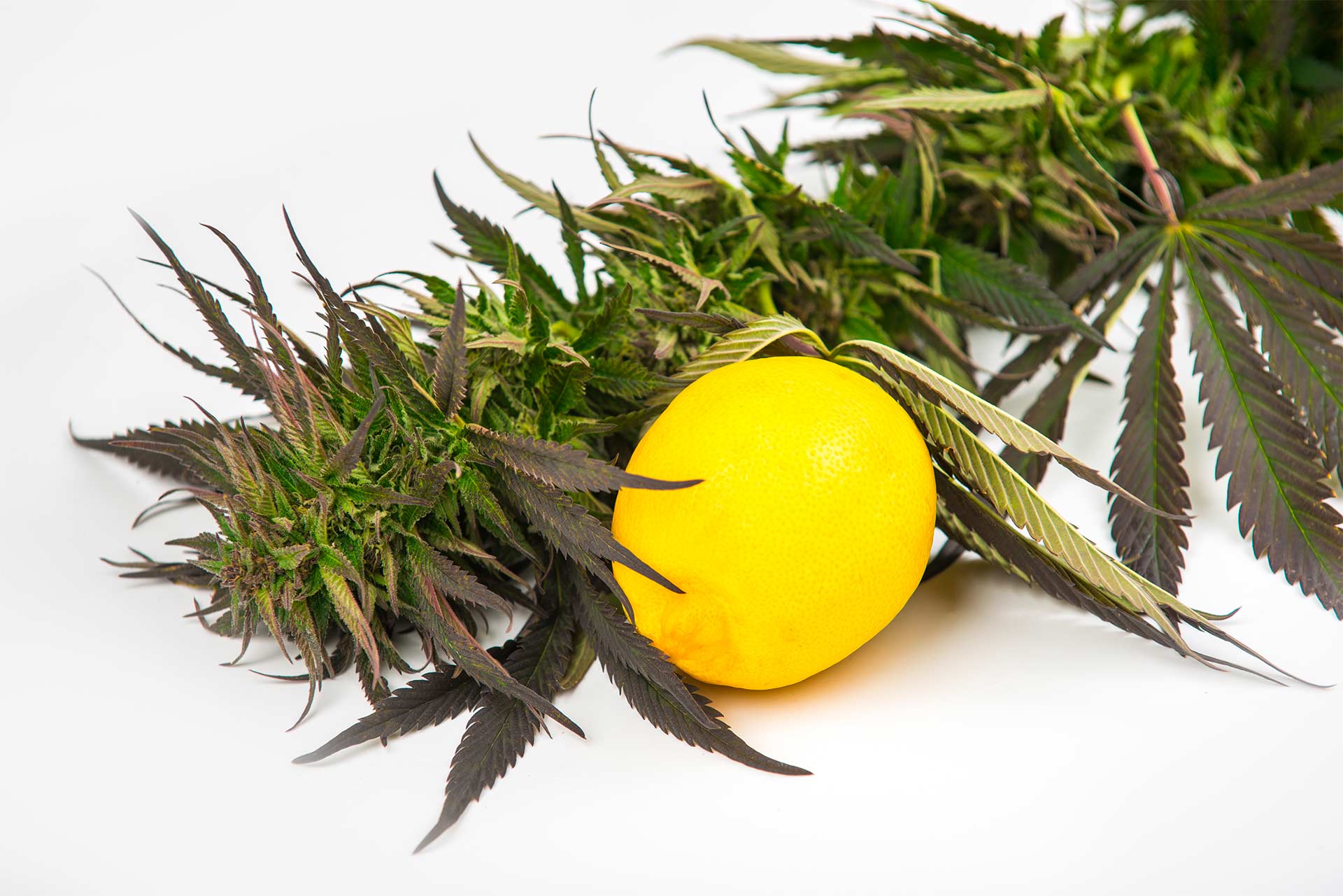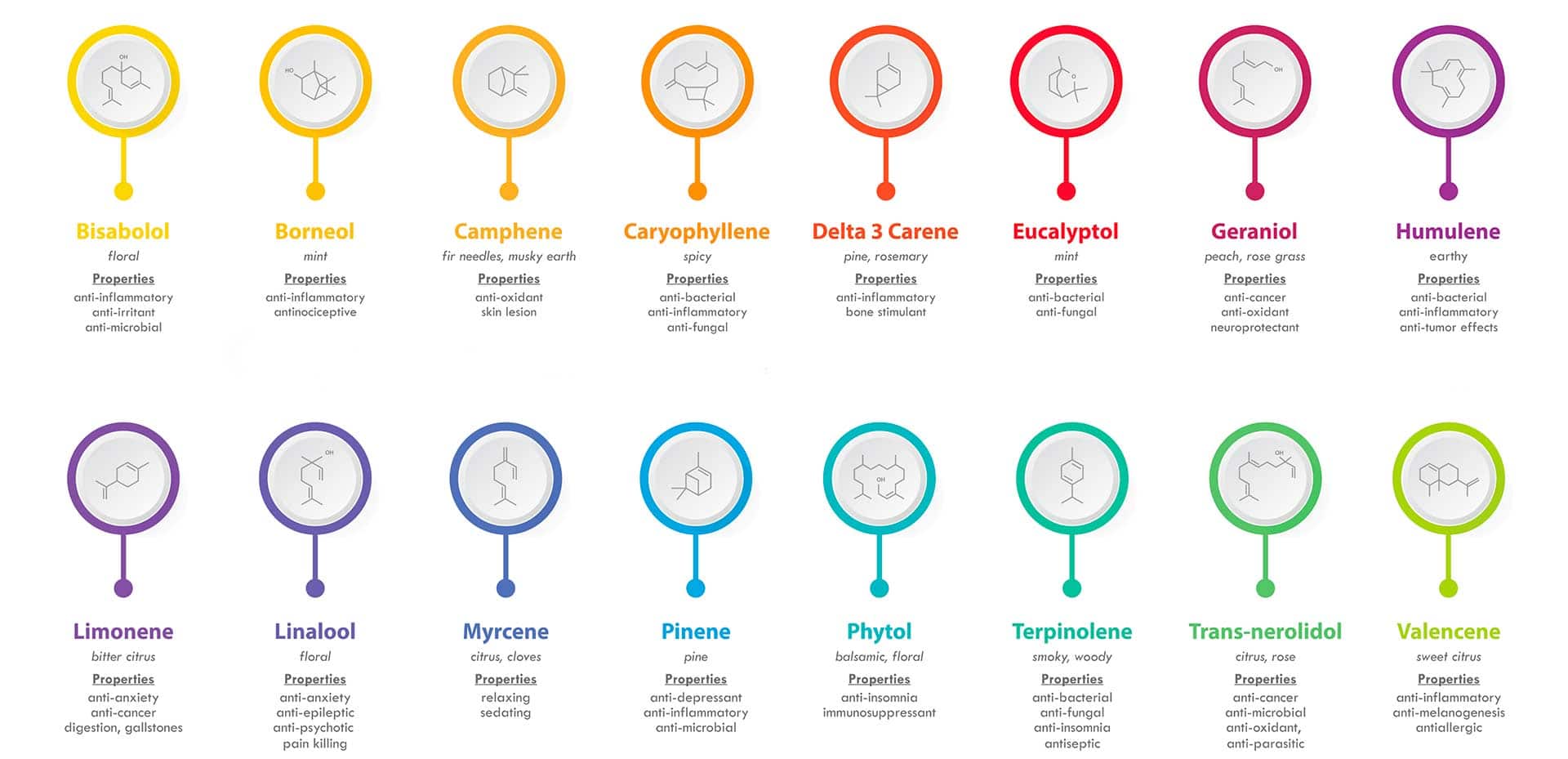How Cannabis Affects Women and Men Differently
Note: Our Leaf411 Blog periodically shares articles from The Cannigma, a trusted resource for research-backed medical cannabis education and information.
This article was originally published on The Cannigma and appears here with permission.
Medically reviewed by Dr. Joseph Morgan, MD
Nov 25, 2020
The cannabis experience is significantly influenced by mindset (intention/expectation) and setting (environments of consumption and post drug onset). One’s male or female biological sex can also affect the mind and body reaction to cannabis, alongside and in concert with a number of other factors, including an individual’s endocannabinoid system and the cannabis chemovar(s) being used.
Biological sex-associated differences can range from how strongly the effects are felt, side effects like anxiety, changes in heart rate, effectiveness at relieving pain, and sexual arousal. Researchers have even found that the risks of cannabis abuse and driving under the influence differ for men and women.
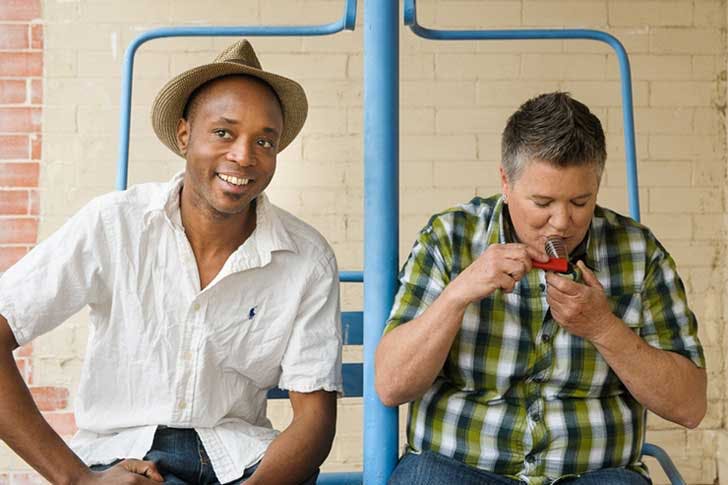
Biological sex-associated differences can range from how strongly the effects are felt to how well it treats pain. (Darrin Harris Frisby/Drug Policy Alliance)
How does that work?
The differences in how the body reacts to drugs, how drugs act on the body, and dose, all play a role in the ways that some medications can have a different — and potentially more dangerous — reaction for women than men.
A Swedish study from 2008 said that “many but not all, such gender related differences can be explained by the effects of sex hormones,” and added that while sex differences in drug response can be seen on the receptor level, there is a paucity of research on the matter.
The overall lack of an explanation into the “why” of gender differences in drug reactions and efficacy is a recurring theme in the research, but a number of studies have already asserted that there are at least some clear differences in how men and women use cannabis.
Why cannabis affects men and women differently
Scientists are not all in agreement about how and why sex differences lead to different effects of cannabinoids and cannabis. The theories include hormonal differences, muscle mass and fat ratios, volume of cannabinoid drug distribution, and cannabinoid metabolism in the liver.
One review of existing research found that sex differences in cannabinoid effects might be from different pharmacodynamics (how drugs affect an organism), and pharmacokinetics (how the organism affects drugs), both of which influence dosing, benefits, and adverse effects. Sex differences with cannabis are also due at least in part to the ways males and females experience emotions as well as “differences in muscle mass at fat tissue distribution between males and females.”
The researchers were careful to add though, that “investigation of such differences is still at an early stage.”
They did stipulate that some of the differences they found in their review included that, among non-marijuana smokers, “men are more sensitive to the subjective effects of delta-9-THC alone than women,” and that women “report significantly more dizziness than men.” They clarified though that they did not find any gender differences in regard to how THC affects impulsivity (disinhibition).
The review also found that preclinical studies show that men may be more receptive to the hunger-inducing effects of cannabis (the munchies).
However, females are still underrepresented in clinical research and if these studies “routinely included subjects of both sexes, greater progress in the field would be reached in a shorter time. Clinical studies should also report all findings, whether positive or negative, in order to quantitatively define the issues related to the gender differences in cannabis consumption,” the researchers added.
Yet another theory holds that sex can actually impact how sensitive one is to cannabinoids.
The authors of the study that produced that theory wrote that there is growing evidence to show the endocannabinoid system is sexually dimorphic (it has two different forms) and that hormone differences could seemingly be the basis for the different ways men and women react to cannabinoids like those in cannabis.
The ways weed affects men and women differently
Stronger effects for women
While feeling stronger effects of cannabis might be a good thing in some situations, it can also have its down-side.
A study published in 2020 found that females exhibited greater peak blood concentrations of an important cannabis metabolite and greater subjective ratings of “drug effect,” even when controlling for body weight. These drug effects included ratings of “anxious/nervous,” “heart racing,” and “restless,” which were significantly higher among the female respondents.
The researchers concluded that starting doses for females should be lower, and that public health officials should issue warnings about the higher risk of acute anxiety related reactions among female cannabis users.
More effective at reducing pain for men
There is evidence that cannabis has a stronger pain-reducing effect on male users than it does for women.
Researchers, who published a 2016 study on the matter, had 42 people put their hands in ice water — some given cannabis with THC and others cannabis without THC — and found that the men in the group were able to keep their hands in the cold water longer than the women.
It should be noted, however, that the cannabis used in the experiment had relatively low levels of THC (3.56-5.60%), and cannabis with levels closer to what is available in the medical and recreational markets could have led to different results.
More sexually arousing for women
Numerous studies over the years have found that women who use cannabis have more sexual satisfaction — and the more they use the greater the satisfaction.
A survey-based study published in 2020 found that “Increased frequency of marijuana use is associated with improved sexual function among female users, whereas chemovar type, method of consumption, and reason for use does not impact outcomes.”
For men, it’s a little bit of a different story. One study suggested “some experienced (male) smokers have derived an enhancement of sexual pleasure while they were using marijuana.”
The question of erectile dysfunction, however, still hangs undecided. Some subjects in studies have reported superior erectile function, while others the opposite.
Those studies, however, aren’t the final word — in 2010, researchers found that the influence of cannabis on sexual behavior appeared “to be dose-dependent in both men and women.”
This article’s medical editor points out, the presence of pesticides or other contaminants could also adversely impact sexual function, memory impairment, and in other ways reduce the quality of the cannabis experience.

How men and women use cannabis differently
There is growing evidence to show the endocannabinoid system is sexually dimorphic — that it has two different forms. (Darrin Harris Frisby/Drug Policy Alliance)
Gender differences in risk perception, stigma, intake method, the role of peer pressure, and propensity to develop a dependency (Cannabis Use Disorder) have all been asserted in published research in recent years.
Females “[are] nearly two times more likely to perceive risk in regular marijuana use compared with males,” a study from 2015 found, though it added that the perceived risk among women dropped from 59% in 2002 to 47% in 2012.
A comprehensive review of existing research published in March 2020 found that when women use cannabis, they “transition more quickly to cannabis use dependence compared to males.”
This doesn’t mean that women are more prone to develop Cannabis Use Disorder, rather those that do, develop it on average 4.7 years after they first use marijuana, as opposed to 5.8 years for men. The study found there was no difference between men and women in terms of how old they were when they first started using cannabis.
Gender-based stigmas and quality of life effects
Among other differences, the review found that “the negative effect of cannabis use on mental quality of life scores was more pronounced for women.” Part of this may be social in nature, in that women may face greater stigma and discrimination for using substances like cannabis, according to the researchers. Another reason could be greater sensitivity to contaminants.
In other words, those women who do develop Cannabis Use Disorder not only do so quicker than men on average, but they feel it more intensely, in part because of the greater stigma attached towards women who consume cannabis.
The stigma might be partly because men are more likely to use marijuana, and thus it’s more expected of them, if not more accepted. A 2019 National Cannabis Survey in Canada found that 18.4% of male respondents had smoked cannabis in the three months prior, as opposed to only 15.1% of women.
Doctors less likely to support medical cannabis for women
Furthermore, there may also be differences in how medical professionals consider cannabis use by female patients. A survey of 361 medical cannabis users in Illinois, for instance, found that women reported “lower levels of support from physicians for [medical cannabis] use.”
The study also found that women were more likely to decrease their use of other prescription medications after receiving a medical marijuana license — particularly from a physician supportive of their cannabis use.
Women eat more edibles, men smoke more flower
But what about when men and women actually get high? Is there a gender difference in the consumption methods used? That same National Cannabis Survey found that men are more likely to smoke marijuana flower and women are more likely than men to use edibles, while a separate Canadian study from 2019 found that men were more likely to prefer vaping cannabis (15.8% vs 10.8% of women), and surmised that this could be because taking edibles is more discrete and allows women to easier avoid scrutiny for using cannabis.
Women don’t drive while high as often as men
Perhaps the most glaring difference could be in terms of driving while under the influence of cannabis. A 2018 report compiled in the US found that while 43.9% of male reported driving after using cannabis, only 8.7% of female respondents had.
In summary, common sense, anecdotal evidence, and scientific studies tell us that each person’s experiences with cannabis may be influenced by dose, route of administration, frequency of use, assessment of risk, their biological sex, hormonal environment, expectations (set), and context of use (setting).
Leaf411 Founding Member Spotlight: Stanley Brothers Announces New ReCreate Brand
Leaf411 is Excited to Share ReCreate COVID Relief Program Details
Learn how you can get one of the new ReCreate cannabis tinctures for $1
Medically reviewed by Katherine Golden, RN
Written by Denise Rustning
At Leaf411, we’re continually looking for ways to improve accessibility and affordability of cannabis for those in need. This includes marijuana containing over 0.3% THC which is sold in dispensaries in states that have legalized medical or adult-use cannabis, as well as non-intoxicating CBD hemp products which are federally legal.

We’re excited today to share details about the Stanley Brothers ReCreate COVID Relief Program as part of their new ReCreate cannabis product line launch. Stanley Brothers is a founding member of the Leaf411 cannabis nurse hotline. The family-based company developed the Charlotte’s Web CBD hemp brand that has changed countless peoples’ lives for the better. Now they’re bringing that same ethos to their marijuana product line with ReCreate.
Keep reading to learn more about the wellness-focused ReCreate product line, as well as how to claim your 15 ml tincture for only $1 (limited to select dispensaries in Colorado and California).
Addressing Essential Cannabis Needs During Challenging Times
Stanley Brothers knew they’d face a challenge as they prepared to launch their new ReCreate brand in the middle of the COVID-19 pandemic. While sales figures show that people are still finding the resources to purchase cannabis, consumers are more budget-conscious, sticking with flower which is both less expensive and more familiar to most folks but may not be the best type of product for their needs.
Also, many consumers depend on budtenders to give them a heads-up on new products and how to use them. Current restrictions make this level of budtender support difficult. Cannabis manufacturers cannot send representatives into dispensaries to educate budtenders about their products due to the Coronavirus concerns. And on the other side, consumers are encouraged to limit their time in stores, including dispensaries, and to utilize online ordering, curbside pickup or delivery to minimize exposure.
Out of this challenge, Stanley Brothers saw an opportunity to provide consumers with an affordable option to try their product while acknowledging the financial hardships many people face. They also realized that consumers would need support and education on the product, leading them to reach out to the Leaf411 team for help.

Stanley Brothers ReCreate COVID Relief Program Launch
Starting this month, ReCreate has committed to provide $100,000 worth of tinctures to cannabis consumers in Colorado and California who have been negatively impacted by COVID-19 layoffs, furloughs, reduced income or other circumstances. In doing so, the Stanley Brothers hope to give back even more to the community, following their Charlotte’s Web giveaway of a million dollars’ worth of CBD hemp earlier this year.
“We were supposed to launch ReCreate in early summer, but we didn’t feel like selling was the right thing to do right now,” said Ashton Norrell, Director of Sales at Stanley Brothers. “The brothers decided that they wanted to give away $100,000 of the ReCreate product to genuinely help people. That’s what we’re about—helping people. That’s what we’ve always done.”
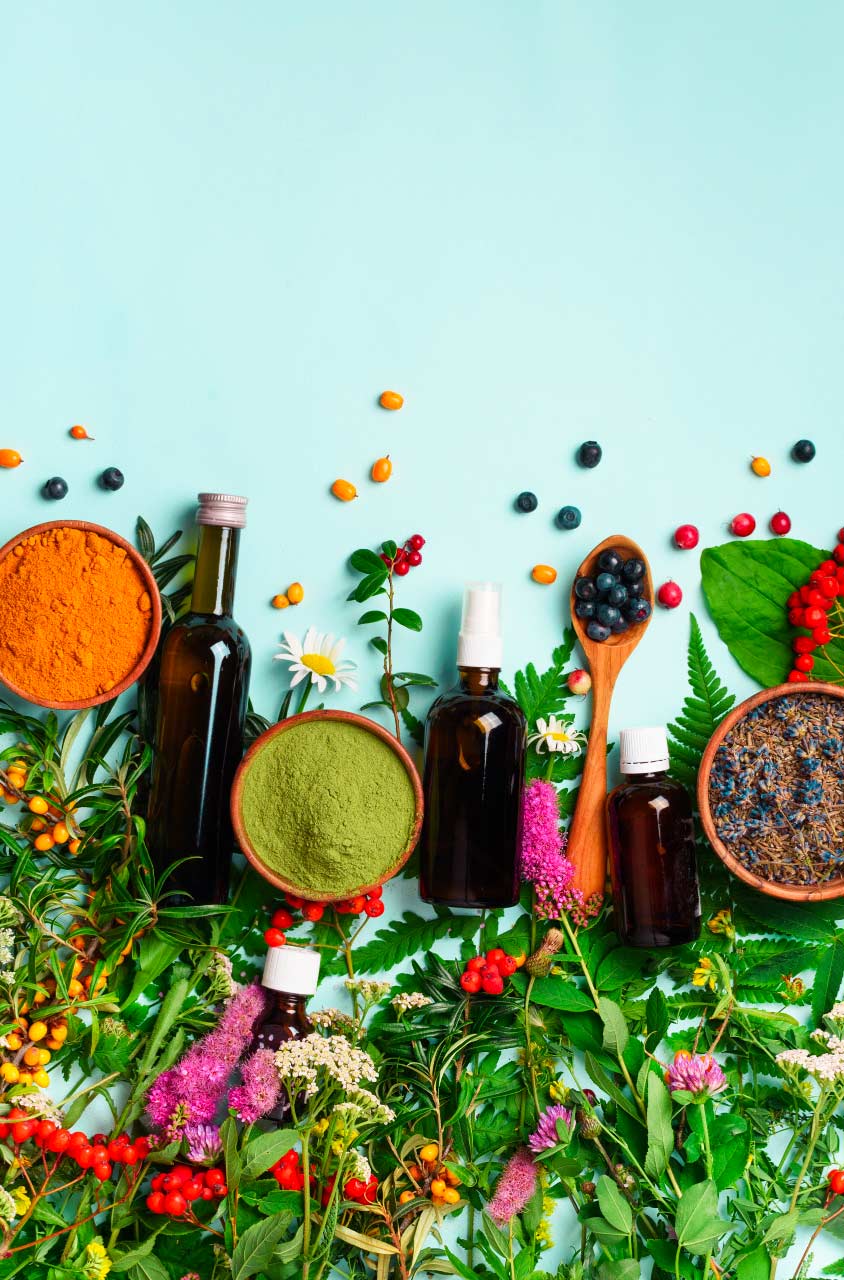
ReCreate’s Botanically-Infused Cannabis Products
The ReCreate brand is different than many other products on cannabis dispensary shelves. ReCreate offers tinctures, chocolates and gummies that combine the cannabinoids THC and CBD with other Ayurvedic botanicals designed for specific purposes. For their COVID Relief Program their CBD:THC tincture products include:

- ReCreate Everyday 10:1 tincture, providing an option without additional botanicals
- ReCreate Relax 4:1 tincture with lemon balm
- ReCreate Relief 2:1 tincture with turmeric
- ReCreate Sleep 1:4 tincture with valerian root
How Leaf411 Can Help You Find the Best Cannabis Product for Your Needs
We know that many of you will be interested in the ReCreate COVID Relief Program but aren’t sure where to start.
At Leaf411, we believe that clinically-sound, balanced guidance should be available for everyone, regardless of their ability to pay, insurance coverage or other factors. After all, that’s why we founded Leaf411 as a non-profit, to provide a cannabis nurse hotline and many other programs as a free service to the public!
In preparation for the ReCreate launch, our nurses are standing by with details about each tincture to ensure you are guided towards the CBD:THC ratio that best meets your needs.
We’ll be transparent and honest as we are every day. If we don’t think the ReCreate products are a good option based on your needs, then we will give you suggestions on what may be better suited for you. In that case, we’ll do our best to help you find alternatives. Our commitment is to you—the consumer—not to a particular product or company.
Call our anonymous nurse-staffed hotline for free at 844-LEAF411 (844-532-3411) for help selecting or using your ReCreate tincture. Of course, we can provide guidance on other cannabis products as well!


More About the ReCreate Product Line
We recently chatted with Ashton at Stanley Brothers to learn more about how the new ReCreate brand came about.
“Stanley Brothers started selling THC tinctures and CBD:THC ratio tinctures about three years ago. A lot of people rely on us for those products, but we wanted to do more,” he said.
“We knew we wanted to stick with low THC and a bit more CBD. We started kicking around the idea of adding botanicals and functional mushrooms and discussing how to combine those ingredients with THC and CBD to address specific needs, like sleep,” Ashton explained.
ReCreate’s products are designed for people who may either be curious or skeptical about cannabis.
“We want to make it as easy as possible and help people not be scared to come into a dispensary. In Colorado, we have a lot of dispensaries with a wide array of high-THC products. The stigma around some of these products can be negative. When stores are promoting dab rigs and blowtorches, that can scare off people who are simply seeking relief,” he said.
The ReCreate line, on the other hand, is designed with the natural wellness crowd in mind, using familiar botanicals to further boost health benefits. Stanley Brothers is also being thoughtful about the dispensaries they are partnering with.
“We’ve always been relationship-driven and relationship-based, whether it’s people, accounts or dispensaries. It’s really important for us as a company to create relationships that will last for a long time. It’s not just saying, ‘Buy this stuff, give us some money,’” Ashton said.
How to Sign Up for Your ReCreate Cannabis Tincture
Cannabis is a highly-regulated product and cannot be given away for free by a dispensary. However, the ReCreate COVID-19 Relief Program is as close to free as possible while still staying within the bounds of the law, reducing the price of the 15 ml tinctures from their regular price ($30-$42.50 per bottle) to $1 per bottle at select dispensaries in Colorado and California. Please note that you’ll also be responsible for paying applicable sales tax.
Here are the steps to sign up for the ReCreate Program:
- Visit the website: https://www.recreatecannabis.com/covid19
- Fill out the Submission Form, which asks for your name, email, state and zip code.
- Once you submit your information, you’ll receive a confirmation email with a coupon you’ll need to present at one of the participating cannabis dispensaries. You can search for the nearest dispensary at the bottom of the page.
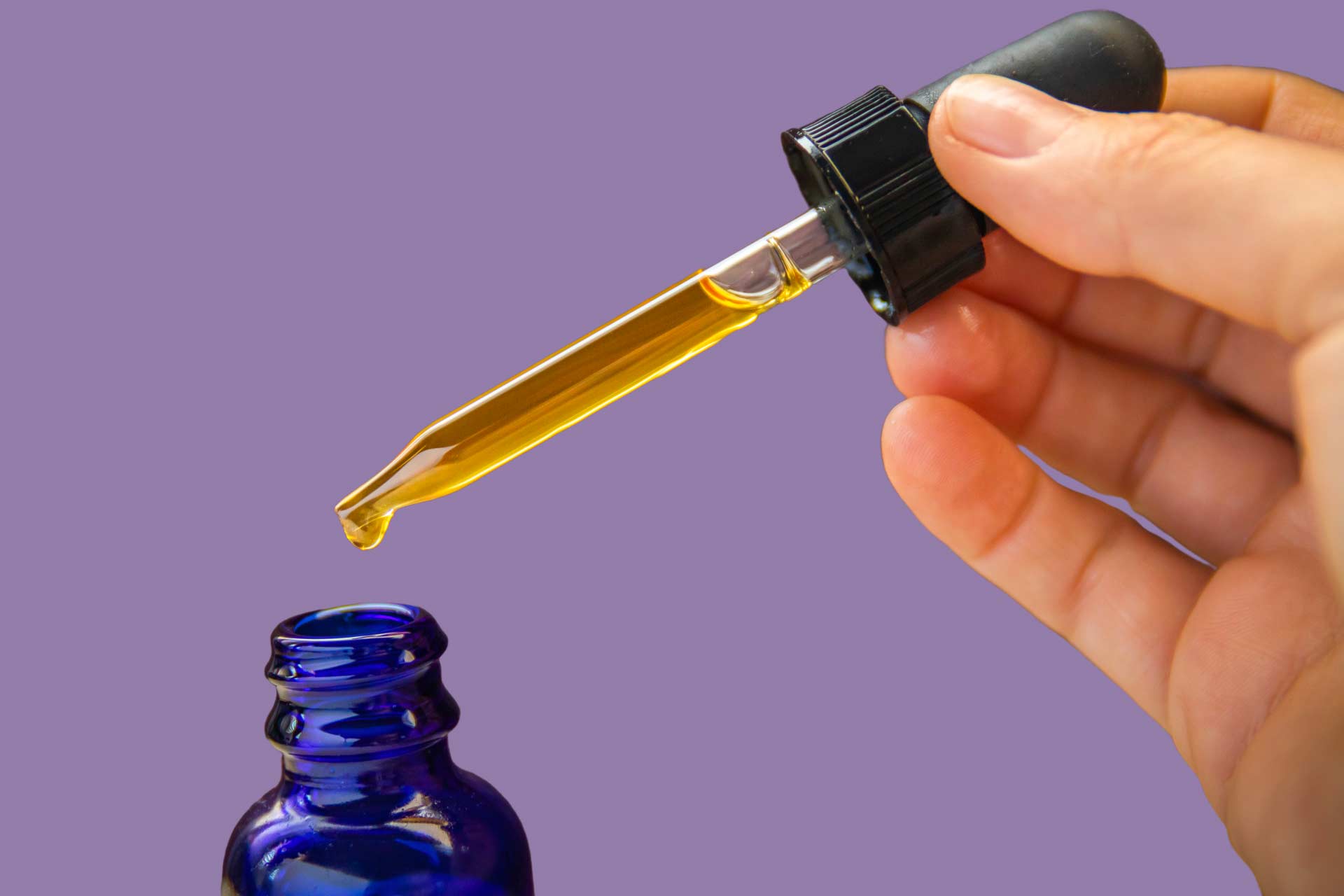
How to Use Cannabis Tinctures
Once you’re back home with your ReCreate tincture, you might have questions about how to use it.
Cannabis tinctures are designed to be ingested. They come in a bottle with a dropper that allows for precise dosing. They can be used by placing drops under your tongue. Some of the THC and other plant compounds may be absorbed directly into your bloodstream, but most of the product is absorbed through swallowing. Tinctures also work well mixed into already prepared foods like sauces and soups, or warm beverages like coffee or tea.
We always recommend that you start with a very low dose and go slow when trying any new cannabis product. For most tinctures, our nurses suggest starting with ¼ of the suggested serving size with the expectation that you may not feel anything quite yet. This low dose ensures that you don’t take too much for what your intended use is. It’s always best to slowly increase your dose, journal your experience, wait anywhere from one to two hours to feel the effects and call the Leaf411 nurse hotline with any questions. Please Note: Tinctures are not designed for vaping! The carrier oils can be dangerous if inhaled via a vape device.
Sign Up for the Leaf411 Newsletter to Stay Up-to-Date on Future Affordability Initiatives
Next month, Leaf411 will be rolling out new initiatives to address the need for education, access and affordability. Sign up for our newsletter below to be the first to learn about these exciting new developments!
Terpenes and THC: Why Terpenes Matter More Than You Think
Medically reviewed by Katherine Golden, RN
Written by Denise Rustning
If you visit internet forums, you’ll find countless questions like, “What’s the best marijuana strain for pain?” or “What’s the best daytime strain for me?”
In this post, we’ll help you find the best product for your specific needs by taking a look at the role that terpenes play in cannabis’s effects. (Not sure what terpenes are? Check out our previous post here.)
Why do terpenes matter? Isn’t it just a matter of finding the plant with the most THC?
The short answer: No. It’s not all about THC or even the type of strain.
Many people compare the THC or CBD to a singer in a rock band. Sure, they lead the show, but without all the other instruments, the experience would be very different!
Different Cannabis Types: Sativa, Indica, and Hybrid
Step into a legal marijuana dispensary or look online at their menu, and you’ll find many different product choices. (We use “marijuana” when talking about cannabis containing >0.3% THC.)
Cannabis is usually divided into three general groups—sativa, indica, and hybrid. Within each of these groups, you’ll find different strains (scientifically referred to as “chemovars”).
What makes all these strains’ effects so different from one another? You might be surprised to find out it’s not whether the strain/chemovar is classified as a sativa, indica or hybrid, or even the amount of THC.

Sativa, Indica or Hybrid Plants: The Scientific Perspective
There’s ongoing debate if the cannabis plant includes several distinct species or not: cannabis sativa, cannabis indica, and cannabis ruderalis. Scientifically speaking, these three different types of cannabis have a lot to do with how the plants grow, and not so much on the plants’ therapeutic effects.
Sativa plants grow taller with narrower leaves, while indica plants tend to be shorter and bushier with wider leaves. Ruderalis is a much smaller low-THC plant that you won’t likely find in dispensaries.
Indica plants tend to be easier to grow due to their compact size and shorter flowering season. This has made indica more popular among growers. Indica plants are crossed with sativa plants to create hybrids that improve plant growth and harvest yields. In other words, most cannabis today is a hybrid, combining genetics from indica and sativa strains.
If that’s the case, then why do so many people reference various cannabis strains/chemovars as being sativas, indicas or hybrids?
When most people reference a particular strain/chemovar as being a sativa, indica or hybrid, what they are really talking about is the therapeutic effects the plant will deliver.
Sativa strains/chemovars have a reputation for being uplifting and energizing, while indica strains/chemovars are known to be more sedating. Hybrid strains combine elements from both sativa and indica strains/chemovars.
Those effects are the result of all the plant compounds working together, including the plant terpenes, not simply the particular strain or THC/CBD content.
How Marijuana Strains Are Alike
All cannabis strains contain THC and CBD. In fact, a recent study showed that the levels of THC and CBD are almost the same in about 75% of marijuana, regardless of strain or even whether it’s classified as a sativa, indica or hybrid. (A few high-CBD marijuana strains exist that are the exception to this rule.)
The Blue Dream strain/chemovar and the Sour Diesel strain/chemovar both contain about 19% THC and very little CBD. However, your experience using these two strains will likely be very different. Why is that?
What Makes Strains Different: Terpenes
Remember how we said that THC and CBD are like a lead singer in the band?
To continue that example, the other plant compounds are like the rest of the band, adding to the experience. And if you change up the band, then the experience can be very different.
If you’ve ever heard a singer do a special performance with a symphony instead of their regular band, then you know the difference that the other instruments play in setting the mood and shaping the experience.
Likewise, marijuana strains with similar THC and CBD amounts have different minor cannabinoids and terpenes which create very different effects.
Let’s look again at Blue Dream and Sour Diesel, the two strains/chemovars with very similar amounts of THC and CBD, to see how this works:
In the Blue Dream strain, the myrcene terpene is dominant, with pinene as well. The myrcene creates a relaxing, anti-inflammatory effect, while the pinene also addresses inflammation and pain.
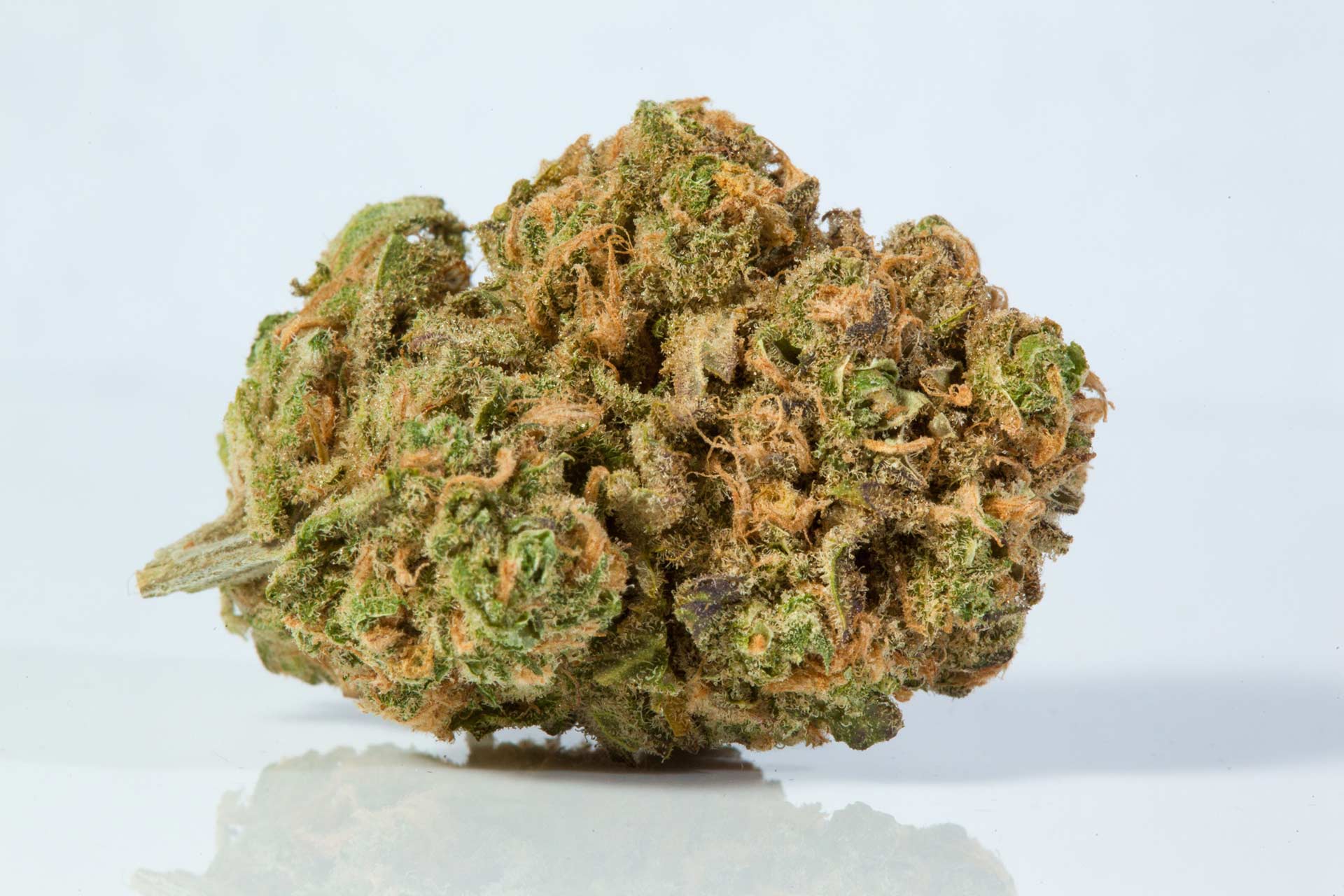
Sour Diesel, on the other hand, is dominated by caryophyllene and limonene terpenes. The caryophyllene and limonene contribute to this strain’s reputation for being energizing and uplifting, reducing depression and pain.
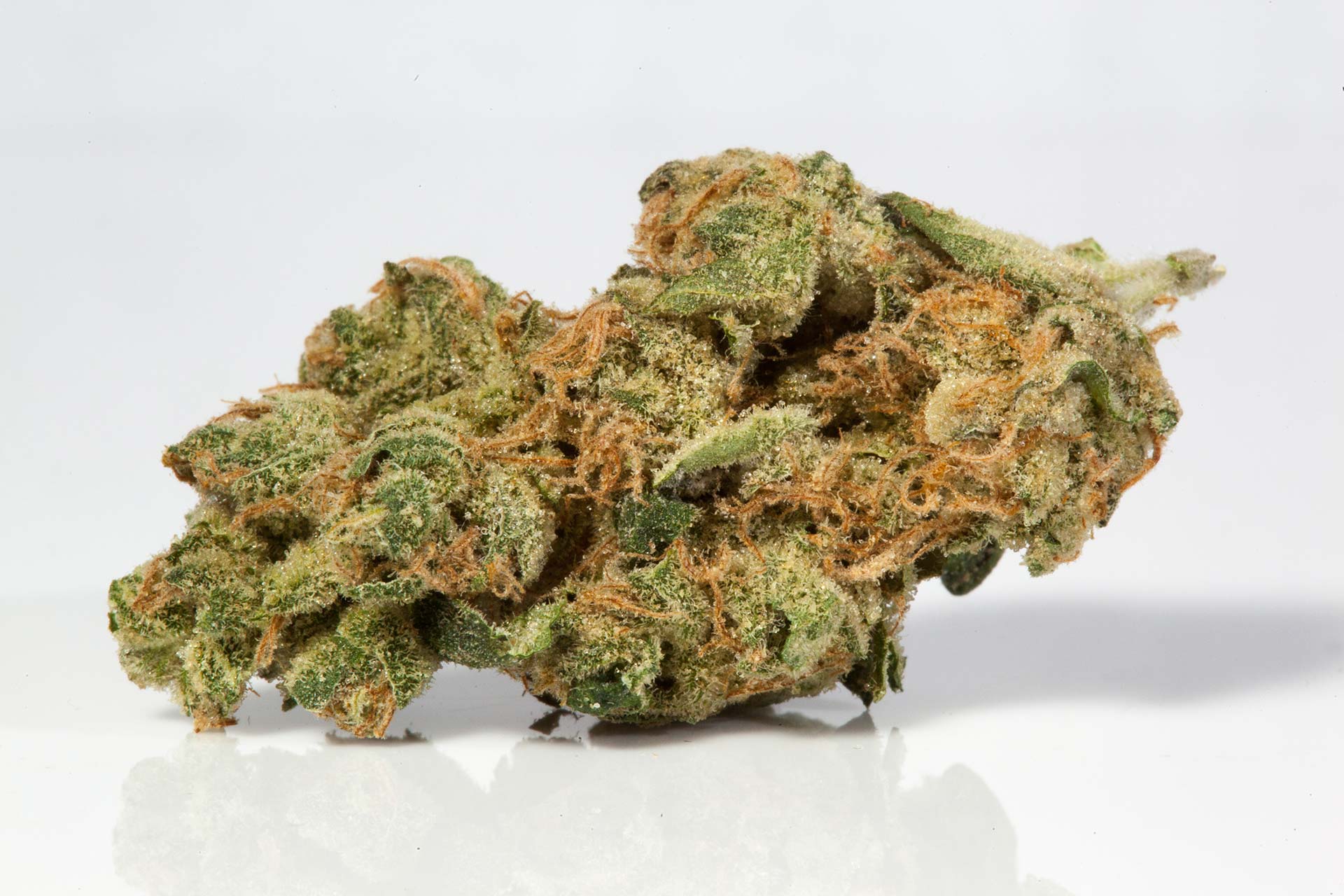
Finding the Right Terpenes
How do you find a strain/chemovar that contains a specific terpene? Leafly offers a “Find Your Strain” tool that can help you identify strains by terpene profile.
A few dispensaries, including our supporting member Lightshade, include terpene profiles online with their flower products; however, many dispensaries do not.
Budtenders should be able to help answer questions about strains which feature specific terpenes. In some states, including Colorado, you can even smell the flower in the dispensary, allowing you to identify the dominant terpene strains with your own nose.
Max Montrose from Trichrome Institute explains how smell can lead you to the strongest terpenes in the video clip below.
Growing Seasons and Conditions
If you eat fresh fruit or vegetables, you know that growing conditions and the time of year can make a big difference in the flavor. The same goes for marijuana flower.
Each state with legal recreational and/or medical marijuana has different laws restricting who can grow and where they can grow. Growing outdoors is a popular option, though companies face challenges posed by weather, pests and disease. While growing indoors provides more control, it’s also quite a bit more expensive. Indoor growers also face challenges with mold and spider mites.
How Terpenes Are Affected by Growing Methods
Individual growers can end up with very different results from the same strains based on where and how they grow and harvest their plants.
Let’s go back to our Sour Diesel example. Imagine that two different companies are growing this strain.
- One grower might be focused on producing the most flower for the lowest price. Their Sour Diesel flower will contain all the cannabinoids and other plant compounds found in this strain/chemovar. However, it’s very likely that their product will lack the strong terpenes that come from careful cultivation and harvesting.
- Another grower might take those same Sour Diesel seeds, but use different growing methods designed to maximize all the plant compounds, including the terpenes. It takes more time and effort (and money!) to create high-quality flower. Though this flower costs more, you get bigger benefits and may even have to use less to achieve your health goals.
You may even notice some variation in the same strain/chemovar sold at the same dispensary over time. These variations shouldn’t be extreme in high-quality products, however.
Tips for Finding the Right Marijuana Strain for Your Needs
The different options may have you feeling overwhelmed at this point! However, it’s a big improvement from the old days of buying a bag of mystery buds without any knowledge of where they came from or what they contain.
Here are some tips to help you find the best flower strain/chemovar for your needs:
- Start with your specific goals and then find a product that fits, not the other way around.
- If you need help matching your goals to terpenes and cannabis strains/chemovars, give Leaf411 a call at 1-844-LEAF411 (1-844-532-3411). Our cannabis-trained nurses are happy to help with your questions!
- Remember that the THC levels are similar across most strains/chemovars, unless the strain is specifically grown to be high CBD. The terpenes are what create different effects.
- Focus on plant terpene profiles, not whether the strain/chemovar is listed as an indica, sativa or hybrid.
- Ask a budtender for help finding strains with specific terpene profiles.
- Find dispensaries that have a reputation for selling high-quality flower. You can check the Leaf411 member directory for dispensaries we’ve vetted that are committed to sourcing top-of-the-line products. Online reviews are also helpful.
In our next post, we’ll provide more information to help you prepare for your first dispensary visit. Be sure to check back next week!
Subscribe to our newsletter below and stay up-to-date on Leaf411 events and information.
Have questions about terpenes? Our nurses can help! Call our free, anonymous hotline at 844-LEAF411 (844-532-3411).
The Leaf411 cannabis nurse hotline provides free education and directional support to the general public about the safe use of legal cannabis. We partner with select business members who meet our rigorous standards to extend our education and outreach efforts.
What Are Terpenes?
Medically reviewed by Katherine Golden, RN
Written by Denise Rustning
You likely have heard of cannabidiol (CBD) and tetrahydrocannabinol (THC).
But how about terpenes? These compounds play an important role in the cannabis plant’s health benefits.
Understanding the therapeutic effects of specific terpenes can help you find the right cannabis product for your needs.
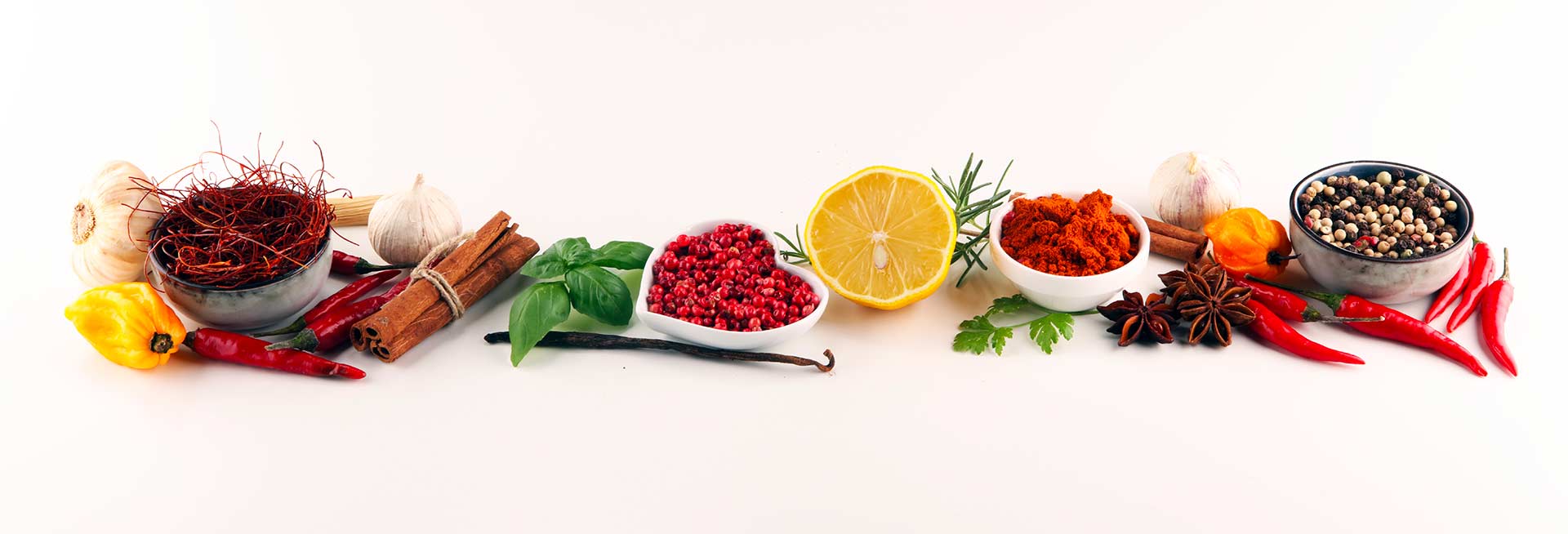
Terpenes: The Plant Compounds You Already Know
Do you use lemon peel in your baking? Or have you found that lavender products help you relax?
Lemon, lavender and many other plants contain terpenes. Terpenes are aromatic molecules that help give certain plants their distinctive smells. These compounds also have therapeutic benefits.
For example, you’ve probably seen essential oils, candles, and even sleep masks that contain lavender for relaxation. The terpene linalool is one source of both lavender’s distinctive scent and relaxing effects.
Many people also use citrus-based scents, like lemon, for a mood lift and energy. The lemon smell comes in part from limonene, a terpene contained in citrus peels.
Cannabis also contains many familiar terpenes, including linalool and limonene. These terpenes add to the plant’s therapeutic benefits.
Terpenes and the Entourage Effect
Cannabis flower (buds) and full spectrum products contain many other cannabinoids in addition to CBD and THC. They also contain different beneficial plant compounds, including terpenes, flavonoids and fatty acids. All these plant compounds work together to create an “entourage effect,” providing synergistic benefits beyond what a single compound could provide.
Boosting Your Health with Plant-Powered Terpenes
Have you heard of forest bathing? This practice involves spending quiet time in a forest, engaging all your senses, including your sense of smell. The practice began in Japan, where it’s called shinrin-yoku. Forest bathing reflects research showing how we benefit physically and mentally from time in nature. In fact, scientists are finding that both plant essential oils and terpenes—airborne plant compounds—play a central role in nature’s positive impact on human health.
The terpenes alpha-pinene and beta-pinene are found in many evergreen forest trees, contributing to forest bathing’s positive health impact. They’re also present in some cannabis plant strains.
Pinene isn’t the only terpene out there, though! Thousands of different terpenes exist in nature, and many different terpenes have been found in the cannabis plant.
Common Cannabis Terpenes
Some of the most common terpenes found in cannabis are listed below. It’s important to note that plants can contain multiple terpenes.
- Myrcene: Commonly found in cannabis strains/chemovars as well as in basil, lemongrass and ylang ylang. Myrcene helps promote sleep and may also reduce inflammation.
- Limonene: Well-known for providing a mood lift while reducing stress and anxiety, all by elevating serotonin levels in the brain.
- Linalool: Shown to reduce anxiety and depression, while also improving sleep quality. Linalool is also being tested in clinical settings to help reduce pain and nausea following surgery.
- Pinene: Found in evergreen trees, and also in many cannabis chemovars, pinene has anti-inflammatory and respiratory benefits.
- Beta-Caryophyllene: Found in black pepper, oregano, and cloves as well as cannabis. Beta-caryophyllene (also referred to as “caryophyllene”) is unique among terpenes found in cannabis, because it can bind directly to CB2 receptors which are located throughout your body. Caryophyllene is being studied for its impact reducing inflammation and pain, as well as its potential to protect age-related cognitive decline.
- Alpha-Caryophyllene (Humulene): Also found in hops, humulene works together with caryophyllene to reduce inflammation. It also can suppress appetite.
Terpenes and Heat
Terpenes are affected by temperature.
The evaporation point is when terpenes start releasing volatile compounds, usually between 70-100 degrees Fahrenheit (°F). If you’ve ever walked through an herb garden on a sunny day, you’ve likely noticed you can smell the plants more strongly. That smell is in part due to terpenes.
When plant terpenes reach their boiling point, they are fully vaporized. This is at a much hotter temperature, over 300°F, though boiling points vary between different terpenes.
Terpenes are released when cannabis is smoked. Lighters need to produce a very hot flame in order to ignite materials—in fact, the temperatures on a lighter flame can range from 430°F to over 2,000°F. The temperature of a lighter flame is hard to control. Also, combustion can destroy many of the beneficial plant compounds as a result of the high heat.
As an alternative, some people prefer vaping cannabis flower so they can more precisely control the temperature to maximize terpene release. Some cannabis users describe this control like having a volume control on a radio. Lower temperatures create a quieter, more subdued effect, while hotter temperatures will give you a more intense result, in large part due to which terpenes are released.
Our “How to Use Cannabis” post provides more details.
Terpene Benefits in Topical Products
Terpenes provide numerous benefits without the addition of heat. After all, you don’t have to smoke the forest to gain benefits from forest bathing!
As we mentioned before, terpenes become available through evaporation that occurs at lower temperatures than smoking or vaping.
Research supports aromatherapy’s impact on the body’s limbic system to positively impact mood and recovery. And one of the key components in aromatherapy essential oils is terpenes!
Our understanding of how these plant compounds contribute to the therapeutic benefits of cannabis is growing every day. Experts such as Jordan Person, LMT, LPN, continue to look at how to combine the benefits of cannabinoids such as THC and CBD with specific terpene profiles to achieve maximum relief. For example, she discusses how a cream containing both CBD and limonene helps to provide uplifting recovery following vigorous outdoor activities.
Using Terpenes in Edibles and Tinctures
The cannabinoids (THC and/or CBD, along with other cannabinoids) provide the strongest effect you feel with edibles, tinctures and swallowed pills. However, terpenes also add nuanced effects.
How does this work?
A full-spectrum CBD tincture made for sleep might be made from hemp with high levels of linalool. On the other hand, a full-spectrum CBD tincture designed for focus may have higher amounts of caryophyllene and limonene. The amount of CBD in each product may be the same, but the effects are different thanks to terpenes. (We’ll dive deeper into the connection between terpenes, cannabinoids and different cannabis strains in our next post.)
This video below provides a good explanation of the science behind terpenes in edible products.
The Connection Between Terpenes and Cannabis Strains/Chemovars
You may be wondering about the connection between terpenes and cannabis strains (also called chemovars). Does an indica strain contain more linalool than a sativa? What strain has the highest caryophyllene amounts?
In our next post, we’ll look at the connection between terpenes and cannabis strains/chemovars.
Subscribe to our newsletter below and stay up-to-date on Leaf411 events and information.
Have questions about cannabis? Our nurses can help! Call our free, anonymous hotline at 844-LEAF411 (844-532-3411).
The Leaf411 cannabis nurse hotline provides free education and directional support to the general public about the safe use of legal cannabis. We partner with select business members who meet our rigorous standards to extend our education and outreach efforts.



